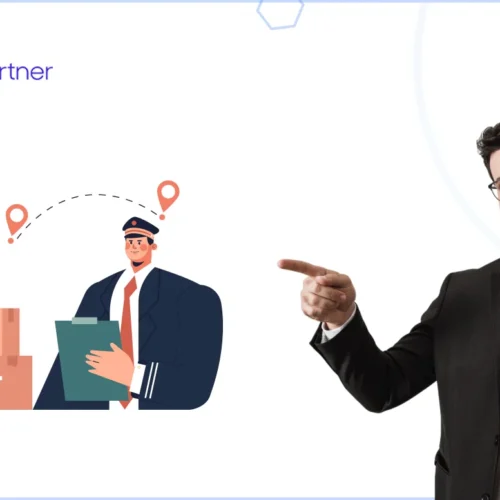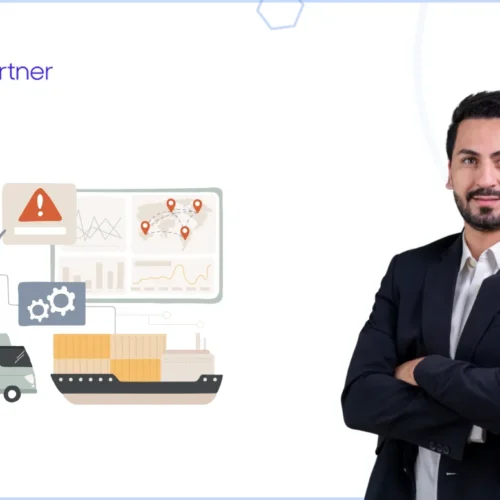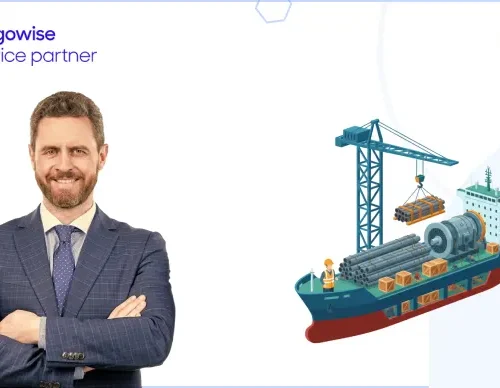Every freight forwarder knows the challenge, dozens of shipments in motion, each with multiple steps, multiple stakeholders, and countless opportunities for things to go wrong. A missed customs filing, a delayed pickup, or a late milestone update can throw the entire job off track, and worse, erode customer confidence.
That’s exactly where the Workflow & Tracking tab, as part of the Workflow & Process module in CargoWise, exists. More specifically, the Workflow & Tracking tabs give forwarders a structured way to plan, execute, monitor, and measure tasks. When used correctly, they transform operations from reactive firefighting into proactive, predictable logistics management.
Let’s explore how Workflow & Tracking works, why milestone configuration is the beating heart of this module, and how you can use it to achieve better visibility, accountability, and customer service.
What is the Workflow & Process Module in CargoWise?
The Workflow & Process module integrates directly with CargoWise’s Forwarding module, meaning it connects seamlessly to Shipments, Consolidations, Bookings, Orders, and Containers.
Instead of tracking jobs manually or relying on staff memory, this module creates a digital checklist and timeline for every shipment. The Workflow & Tracking tabs sit at the center of this setup, pulling in:
Tasks – work that must be completed.
Milestones – critical events tied to timelines.
Triggers – automated actions based on system or event changes.
Events – logged actions and updates across the shipment lifecycle.
Together, they form a closed loop of accountability: every task is assigned, every milestone is monitored, every exception is flagged, and every update is recorded.
Why Do Tasks Matter in Daily Operations?
Tasks are the building blocks of workflows. Think of them as your standard operating procedures, digitized inside CargoWise.
For example:
- Create a House Bill of Lading.
- Confirm container release with the terminal.
- Upload the commercial invoice to the system.
- Send a re-alert to the consignee.
Each task can be assigned to a person, a department, or even a capability (like “operations team”). CargoWise tracks:
- Task status (pending, in progress, completed).
- Start and completion time.
- Actual duration versus planned duration.
This not only keeps jobs on schedule but also builds performance data you can use to improve staffing, training, and process efficiency.
What Role Do Milestones Play in Freight Forwarding?
If tasks are building blocks, milestones are the anchors. They are critical events that must happen on time for a shipment to be considered on track.
Examples of milestones include:
- Container Loaded at Origin.
- Customs Clearance Completed.
- Vessel Departure.
- Proof of Delivery Received.
Here’s why milestone configuration matters:
- Published milestones appear in Web Tracker, meaning your customers see them in real time.
- They can trigger automated actions (like sending a POD to the customer once the milestone is reached).
- Exceptions are raised automatically when milestones are missed, providing clear performance indicators.
In short, milestones turn CargoWise from a passive database into an active management tool. Without properly configured milestones, you lose the opportunity to provide transparency and accountability.
How Do Triggers Keep Workflows Moving Automatically?
Triggers in CargoWise are where automation comes alive. They are configured actions that fire when certain conditions are met, for example, when a milestone is completed or when a field changes in a shipment record.
Triggers can be set to:
- Send an automated email to a customer.
- Deliver documents to stakeholders.
- Update shipment fields automatically.
- Apply a new workflow template.
This means operators don’t need to manually send reminders or create documents every time something happens. The system does it for them, reducing the risk of human error and freeing staff to focus on exceptions.
How Do Events Tie Everything Together?
An Event in CargoWise is any action logged in the process of a shipment. These could be raised by:
- External systems (like EDI from carriers).
- User actions within CargoWise.
- Manual entries.
Events are not the same as administrative logs. Instead, they’re tied to the shipment lifecycle and can provide context for milestones, tasks, and triggers. For example:
- An “ATA” event (Actual Time of Arrival) confirms vessel arrival.
- A “Customs Cleared” event can be linked to milestone completion.
For forwarders, this means every important action is traceable and auditable.
Where Do Forwarders Struggle Without Workflow & Tracking?
Many CargoWise users fail to unlock the Workflow & Process module because they:
- Don’t configure milestones properly, leading to gaps in visibility.
- Continue managing tasks outside the system (via emails or spreadsheets).
- Fail to link triggers with milestones, leaving workflows incomplete.
- Underestimate the value of exception management, missing KPIs.
The result is that CargoWise becomes a static record-keeping tool instead of a dynamic control tower.
What Benefits Do Freight Forwarders Gain From Milestone Configuration?
By configuring milestones effectively, forwarders achieve:
Operational visibility: Both staff and customers know exactly where shipments stand.
Accountability: Every missed milestone raises an exception, highlighting process gaps.
Customer trust: Clients can track shipments in real time via Web Tracker.
Performance measurement: On-time milestone completion becomes a KPI.
Proactive management: Teams resolve exceptions before they snowball into delays.
In today’s competitive logistics environment, forwarders who configure and monitor milestones well can differentiate themselves with predictability and transparency.
When Should You Bring in Expert Help?
Configuring tasks, milestones, triggers, and events in CargoWise isn’t always straightforward. Each freight forwarder has unique SOPs, customer requirements, and service levels. That’s where certified CargoWise consultants come in.
They can:
- Map your real-world processes into CargoWise workflows.
- Configure milestones and exceptions that align with customer SLAs.
- Set up automation triggers to reduce manual work.
- Train staff to use the Workflow & Tracking tabs effectively.
Conclusion
CargoWise’s Workflow & Tracking tabs aren’t just about checking boxes, they’re about ensuring that every job moves forward predictably, measurably, and transparently.
By leveraging tasks, milestones, triggers, and events, forwarders can move away from manual oversight and into a world where exceptions are flagged automatically, customers stay informed, and KPIs are easy to measure.
👉 Ready to configure your milestones for maximum visibility? As a certified CargoWise consultant Elicit specializes in helping freight forwarders transform their workflows into structured, automated, and customer-friendly processes. Let’s connect and talk about how we can help you set up CargoWise to deliver the accountability and transparency your customers expect.





